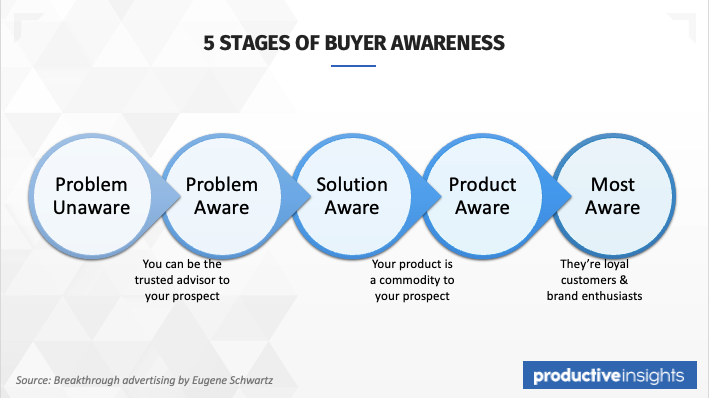Let me ask you a question: How well do you know your customers?
No really ... how well do you know them?
Do you know how they spend their time online? What is their average annual income or revenue? What keeps them up at night? What do they value most? What are their core beliefs?
There are three broad categories of customer research
- Primary customer research is where you approach the market directly as a company and do your own research
- Secondary customer research where you outsource it to third parties like call centers or buy data from research companies
- Qualitative or quantitative methods
Since we’re talking mainly about small to medium businesses I recommend going with primary customer research and starting with qualitative research methods.
Yes, these are harder to scale but they are the best thing to do when you’re first starting to get a feel for your market.
As time goes on you’ll get better at things and then you can start to scale the research using quantitative methods.
When it comes to actually doing the (primary) customer research there are three broad options:
a. Speaking to him/her face-to-face (best option initially to get qualitative data) A lot of communication happens subconsciously and non-verbally. If possible, I recommend doing this at the beginning of your customer research process
b. If face-to-face or video calls aren’t an option, then speaking to him/her on the phone (the second best option)
c. Using survey methodologies like the Ask method works well but tends to mainly offer quantitative data in my experience. It’s a scalable research option but doesn’t offer as much qualitative data and deep insight into the customer as face-to-faceThe best way to do this is in face-to-face conversations (where possible) for small businesses (which is what we’re talking about here)
Before we talk about some tactical customer research strategies I think it’s worth mentioning Eugene Schwatz’s 5 stages of buyer awareness. This plays an important role in understanding where your customer is on her journey (to your offer)
This is a useful framework to understand where your customer is on your product discovery journey. Think about your customer using this framework often.

- Problem Unaware. These are prospects who don’t realize they have a problem. They simply don’t know a better way exists.
- Problem Aware. They know they have a problem and have some idea of what that problem is, but they may not completely understand it. They haven’t dealt with this problem before. They’re totally unfamiliar with possible solutions.
- Solution Aware. Solution-aware prospects know about solutions like yours, but don’t know your specific product or service. If your company isn’t well known in their industry, they may not have heard of you.
- Product Aware. These prospects know your product but haven’t bought it. They’re familiar with your competitors’ offerings. They’re just not sure if your solution is best for them.
- Most Aware. These are your best customers – your multi-buyers. They’re brand loyal. They’re enthusiastic about your products. They attend your customer events.
But I want to introduce a new idea to you and that is that people pay not just with money. They pay attention too. When people are choosing to “sample” your content they’re “buying” a small piece of it with their attention. Make sure you create the best content you can so they keep coming back for me.
What makes great content (which is also a product … paid for with your audience’s attention)?
Content that solves their problem and meets them where they are on their journey
The key point I want to make about Eugene Schwartz’s framework is that the earlier we meet the customer on her journey (closer to the problem unaware stage), the more likely we are to step into the role of trusted advisor.
Conversely the later we meet the customer in her journey (closer to the product-aware stage) the more likely we are to be seen as a commodity (rather than a trusted advisor) and the more likely we are to compete on price — a race to the bottom.
And unless you’re Amazon (or the equivalent behemoth in the services space) it’s not likely you’ll win that race.
How to use Amazon or Udemy to learn more about your customer’s pain points and discover the “voice of customer”
Look at the various platforms like Amazon and Udemy and read the reviews for the topics you’re trying to research
For example, if you’re a course creator and are looking to create an information product start by understanding what categories exist on Udemy and which courses are doing well
- Look at the reviews and understand what the customers are saying
- What words does the customer use to describe the problem the product solved (when they offer 5-star reviews)
- What words does the customer use to describe the problem the product or course DIDN'T solve where there were 1-star reviews
- This is the voice of the customer and will articulate the customer’s problem in THEIR words
- Document this information and build a spreadsheet around this
- This will help you write your copy and create offers and products that solve problems

